Making UX
Matter
Role: Lead UX Designer
Team: Product & Design
Skills: Planning, Lean UX, Design Thinking, Usability Testing
Summary
As I transitioned from Lead UX Content Designer to Lead UX Designer at giffgaff, I was tasked with redefining the UX function and embedding a content-first, user-centred approach across teams.
By establishing shared principles, evolving how we work, and scaling design operations, including a content-ready design system, I create a stronger UX culture.
This led to more consistent product experiences, improved collaboration, and a measurable lift in marketing ROI and delivery efficiency.
Situation
giffgaff was growing rapidly, but UX practices varied widely between teams. Design efforts lacked consistency, roles overlapped, and product decisions were often made without a unified user experience strategy. My shift into the Lead UX Designer role was an opportunity to reset how we defined and delivered experience, through both content and design.
Task
My goal was to mature the UX discipline across the business. That meant defining how teams work together, embedding content and design more deeply into product development, and scaling a shared system that could support both user needs and business goals.
Action
Clarifying Roles and Responsibilities
I defined clear domains for Product Managers, Product/UX Designers, and Content Designers. This created shared accountability and helped teams work better together across discovery, delivery, and iteration.
Creating UX Principles
I introduced four core UX principles, Smart, Helpful, Human, Playful, to guide our tone of voice and design ethos. These became a foundation for decision-making across content, UX, and comms.
Improving Ways of Working
I embedded lean UX practices and value-focused design thinking. By sharing insights and aligning research with content strategy, I helped teams design more purposeful, connected journeys.
Embedding UX in Product Processes
I restructured product demos to be UX-led alongside Product, ensuring design decisions were seen, discussed, and evaluated based on user outcomes, not just delivery timelines.
Introducing Design Sprints
In partnership with Lead Product Managers, I rolled out design sprints to address complex user problems quickly. These facilitated collaboration, speed, and shared understanding.
Scaling the Design System
I led the expansion of the giffgaff design system, introducing content-ready components, reusable patterns, and accessible design foundations, streamlining UX across channels.
Results
Stronger UX culture across squads, with clearer ownership and shared goals
Faster delivery thanks to reusable design patterns and a unified system
Higher ROI on marketing spend, as UX and product teams aligned more tightly with acquisition journeys
More consistent tone, language, and interaction patterns across products
How I Made It Happen
A behind-the-scenes look at strategy, process, collaboration, and what I’d do differently.
Strategic Leadership
This wasn’t just about process; it was about culture. I positioned content design as a strategic function by embedding tone of voice into the UX principles and scaling content patterns inside the design system. I also supported content designers in pairing with PMs and researchers to elevate their visibility and influence.
Collaboration
I worked closely with Product, Engineering, Research, and Marketing, facilitating design sprints, co-hosting UX demos, and running alignment workshops. These fostered cross-team clarity and sped up feedback loops.
Research
I used product data, behavioural analytics, user interviews, and usability testing to validate assumptions. I ensured these insights informed both design direction and content decisions at all levels.
Process
I launched a scalable design system, redefined how UX teams engaged with product, and improved the user experience across key journeys. UX went from a service layer to a strategic partner, demonstrating its value.
What I’d Do Differently
I would invest earlier in a dedicated UX research operations function to better scale insight-gathering and reduce research bottlenecks. I’d also create a playbook for content-UX collaboration, so teams new to design maturity could onboard faster.








